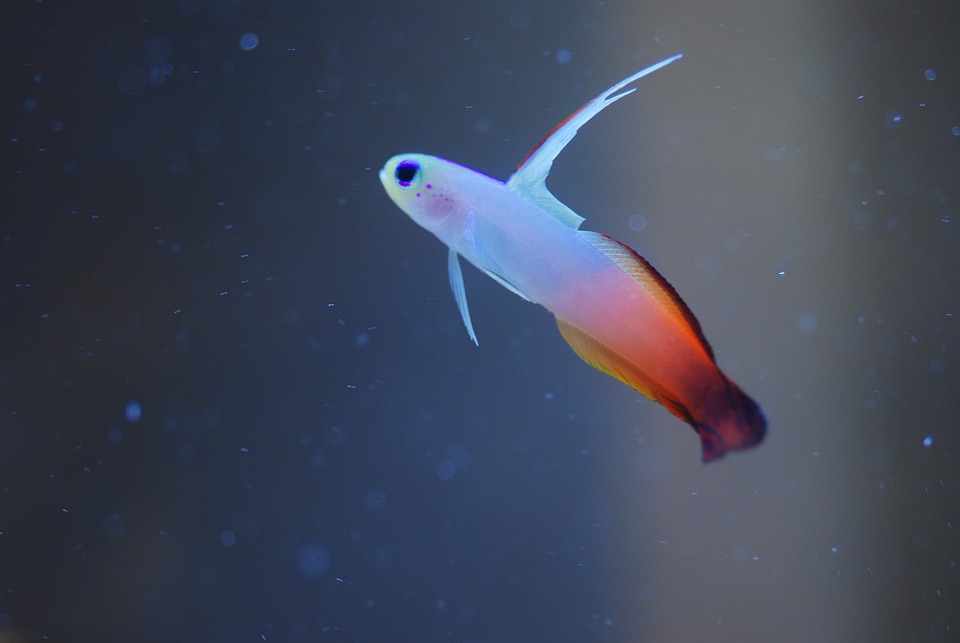Fish tank gasping is a common problem encountered by fish owners, and it can be a cause for concern. This article aims to provide a comprehensive assessment of the various causes of fish tank gasping, as well as offer insights into potential solutions. Additionally, we have included a Frequently Asked Questions (FAQs) section at the end to address common queries related to fish tank gasping.
Fish tank gasping occurs when fish are struggling to breathe properly and can be observed by their rapid movements and gasping at the water’s surface. It is important to address this issue promptly as it can lead to serious health problems or even death for your fish.
There are several common causes of fish tank gasping that owners should be aware of. The first cause is oxygen depletion, which can occur due to insufficient aeration, overstocking the tank, or overfeeding the fish. Lack of oxygen can be detrimental to fish health and can lead to gasping.
Poor water quality is another common cause of fish tank gasping. High levels of ammonia or nitrite can be toxic to fish and can result from overfeeding or inadequate filtration. Low oxygen levels in the water can also contribute to fish tank gasping, as can high nitrate levels.
Inadequate temperature regulation can also lead to fish tank gasping. Improper heater settings or sudden temperature fluctuations can cause stress to the fish, resulting in gasping behavior.
Disease and parasites can also cause fish tank gasping. Gill infections, ichthyophthirius multifiliis (ich), and flukes are common examples of diseases that can affect fish gills and respiratory function, leading to gasping.
Lastly, lack of acclimation can contribute to fish tank gasping. Sudden changes in temperature or pH levels can shock the fish and cause respiratory distress.
To prevent or address fish tank gasping, there are several solutions that owners can implement. Improving aeration and oxygenation is crucial, and this can be achieved by increasing surface agitation, using air stones or diffusers, and installing a reliable air pump.
Maintaining optimal water quality is also essential. Regular water testing, frequent water changes, and the use of filtration systems can help keep ammonia, nitrite, and nitrate levels in check.
Proper temperature regulation is vital to prevent fish tank gasping. Investing in a quality heater and monitoring and adjusting the temperature gradually can help maintain a stable and comfortable environment for the fish.
Quarantining new fish and promptly treating any infected fish can help prevent the spread of diseases and parasites that can cause fish tank gasping.
Proper acclimation techniques are also important. Adjusting the temperature and pH levels slowly when introducing new fish and using methods like the drip acclimation method can help reduce stress and prevent gasping.
In conclusion, understanding the causes of fish tank gasping is crucial for maintaining the health and well-being of your aquatic pets. By addressing the underlying factors that contribute to fish tank gasping promptly, you can ensure a thriving and vibrant aquarium environment. Remember, proactive measures such as improving aeration, maintaining optimal water quality, regulating temperature, preventing disease, and employing proper acclimation techniques are key to preventing fish tank gasping. If you still have questions or concerns, consult with a knowledgeable aquarium professional to ensure the well-being of your fish.









